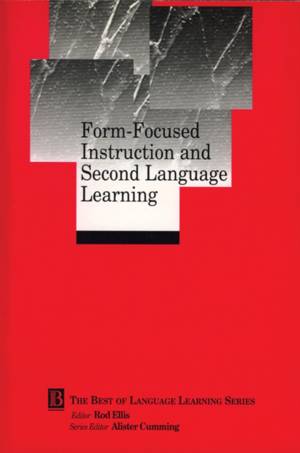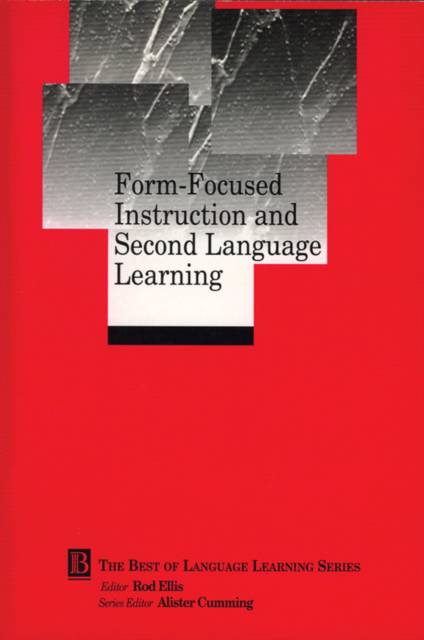
- Retrait gratuit dans votre magasin Club
- 7.000.000 titres dans notre catalogue
- Payer en toute sécurité
- Toujours un magasin près de chez vous
- Retrait gratuit dans votre magasin Club
- 7.000.0000 titres dans notre catalogue
- Payer en toute sécurité
- Toujours un magasin près de chez vous
Description
The early chapters of this book trace the attempts to explain classroom language learning in terms of general theory of learning (behaviorism) and the study of naturalistic language learning. The middle chapters document the attempts of researchers to enter the "black box" of the classroom in order to describe the teaching-learning behaviors that take place there and to investigate to what extent and in what ways instruction results in acquisition.
The book concludes with a theory of classroom language learning. This theory advances an explanation of the relationship between explicit and implicit linguistic knowledge and in so doing accounts for how both form-focused and meaning-focused instruction contribute to second language acquisition in the classroom.
Spécifications
Parties prenantes
- Auteur(s) :
- Editeur:
Contenu
- Nombre de pages :
- 400
- Langue:
- Anglais
- Collection :
- Tome:
- n° 4
Caractéristiques
- EAN:
- 9780631228585
- Date de parution :
- 01-10-01
- Format:
- Livre broché
- Format numérique:
- Trade paperback (VS)
- Dimensions :
- 161 mm x 220 mm
- Poids :
- 512 g

Les avis
Nous publions uniquement les avis qui respectent les conditions requises. Consultez nos conditions pour les avis.






